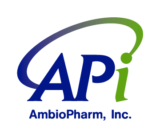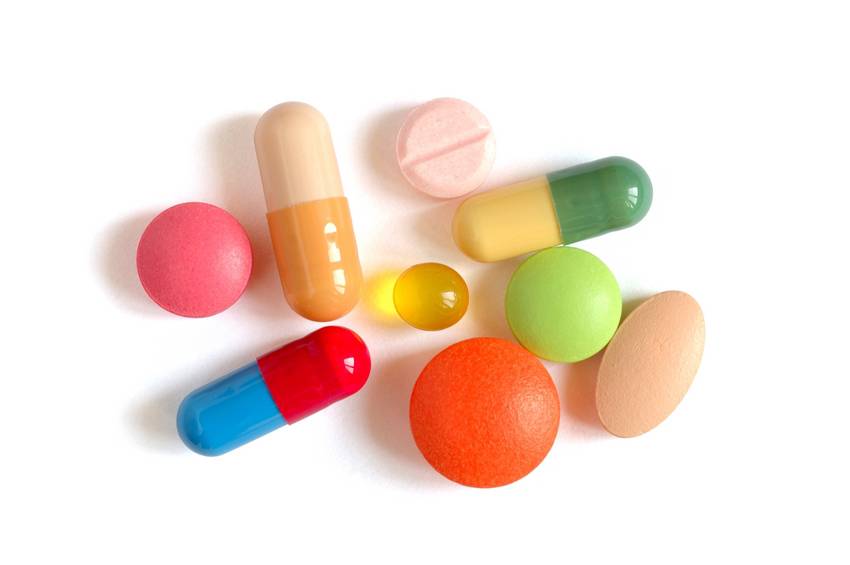First published: July 26, 2019
Peptides have been enjoying a great resurgence in development pipelines in pharmaceutical and biotechnology companies for numerous applications over the past decade. Peptides have the advantage over small molecule drugs of being more selective and therefore, have less off-target effects due to a greater number of interactions with their target. Additionally, most peptides are usually well-tolerated, have lower overall systemic toxicity and usually have low immunogenicity.
With significant improvements in delivery methods, the reality of peptides being administered by an oral route have become considerably more attractive. Oral administration equates to better patient compliance. With the success with medicines such as Trulance (plecanatide) and Linzess (linaclotide) leading the oral peptide delivery wave, numerous other peptides are now being developed by this administration route. Molecules such as Ozempic (semaglutide) which have already been approved as an injectable for the treatment of metabolic disease (Type II diabetes), are currently in late phase clinical testing using an oral administration route. The challenge associated with oral delivery will be the larger quantities of material required due to the lower adsorption rates for these molecules in the small intestine. With metabolic disease at record levels around the world, truly large capacity peptide manufacturing will be required for this next hurdle.
AmbioPharm Inc. is a logical choice for your peptide project with our large capacity commercial scale operations.
If you are interested, there is a very nice summary article available at the following link. https://www.ddw-online.com/therapeutics/p320747-oral-peptide-therapeutics-a-holy-grail-or-quixotic-quest.html

 中文
中文